Well, it only took 6 years, but I finally finished the Lehigh Valley-style rifle from parts ordered in August, 2012.
Rifle is .40 cal, with a 42" straight octagonal barrel. Lock is a Chambers “Dale Johnson,” with a single-set Davis trigger.
This is the second rifle I've built (the first was from Dixie Gun Works in 1982) and my first attempt at stock carving. I'm trying to work up the courage to engrave the patchbox, cheek piece, and side plate.
For stain, I started with aqua fortis. After it was neutralized and dry, I applied one coat of a 50-50 mix of Homer Dangler's red brown stain and rubbing alcohol. The finish is 5 to 7 coats (lost count) of Birchwood Casey Tru Oil, followed by a coat of BC gun stock wax.
My son’s older sister gave him the nickname “Mr. Hoots” when he was a baby. The gun is named after him. You'll see the owl carving in place of Rupp's lady/Indian just forward of the trigger guard.
I finished the gun this past Monday and took it to the range yesterday. Shoots great.
One lesson learned on placement of the touch hole liner: The biggest mistake I made was in setting the barrel about 1/4" too far to the back (don't ask). This put the breech plug face about 1/4" behind the center of flash pan. The standard placement of the touch hole is supposed to be centered over the pan and flush with or drilled into the breech plug face.
Per advice from a couple of you I gulped hard and moved it back a bit, as you'll see in the attached pix. As built, the outer edge of the White Lightening liner’s inside cone is just forward of the breech plug face, placing the touch hole about 1/16" or so off-center. I was worried about misfires, but that proved to not be a problem. Works fine, with no noticeable delay or misfires. So thank you, J.D. and Zonie!
The downside is that it takes a bit longer to clean gunk from the breech.
Got a bunch of good advice from several others of you and Ryan at Muzzle Loader Builder's Supply. Thank you all!

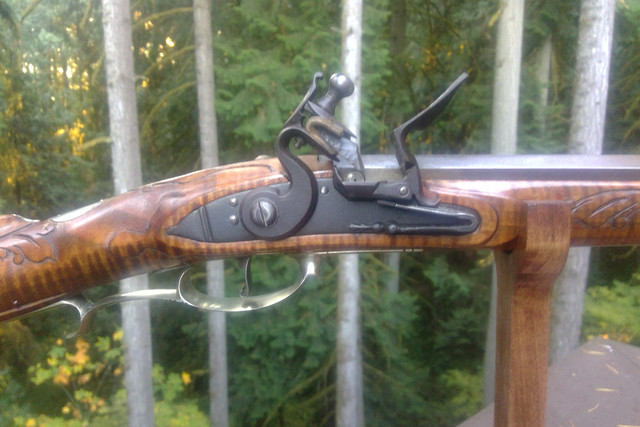



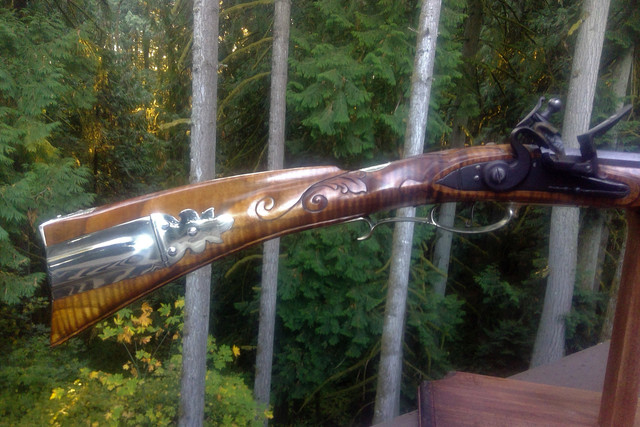



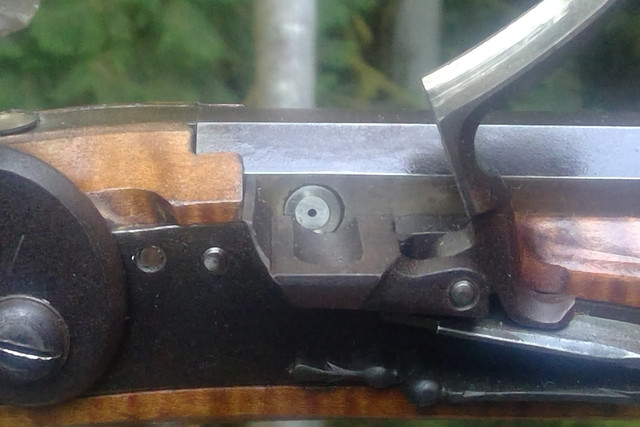
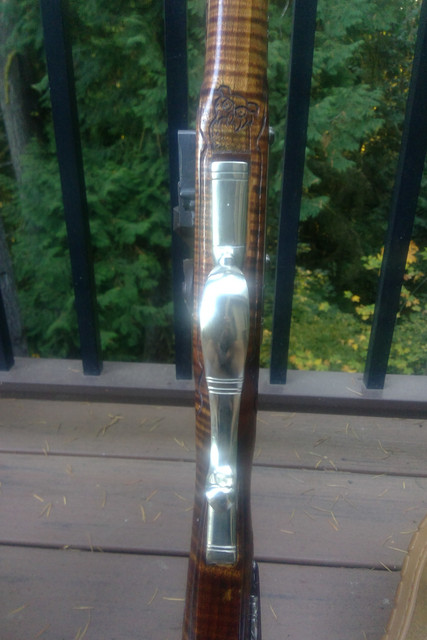
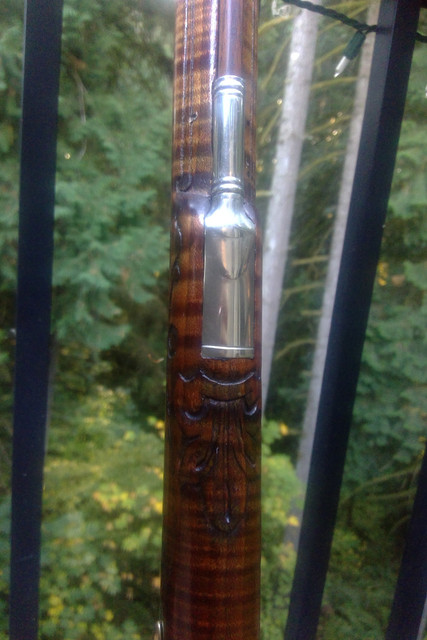
what is a baby wolf called
Rifle is .40 cal, with a 42" straight octagonal barrel. Lock is a Chambers “Dale Johnson,” with a single-set Davis trigger.
This is the second rifle I've built (the first was from Dixie Gun Works in 1982) and my first attempt at stock carving. I'm trying to work up the courage to engrave the patchbox, cheek piece, and side plate.
For stain, I started with aqua fortis. After it was neutralized and dry, I applied one coat of a 50-50 mix of Homer Dangler's red brown stain and rubbing alcohol. The finish is 5 to 7 coats (lost count) of Birchwood Casey Tru Oil, followed by a coat of BC gun stock wax.
My son’s older sister gave him the nickname “Mr. Hoots” when he was a baby. The gun is named after him. You'll see the owl carving in place of Rupp's lady/Indian just forward of the trigger guard.
I finished the gun this past Monday and took it to the range yesterday. Shoots great.
One lesson learned on placement of the touch hole liner: The biggest mistake I made was in setting the barrel about 1/4" too far to the back (don't ask). This put the breech plug face about 1/4" behind the center of flash pan. The standard placement of the touch hole is supposed to be centered over the pan and flush with or drilled into the breech plug face.
Per advice from a couple of you I gulped hard and moved it back a bit, as you'll see in the attached pix. As built, the outer edge of the White Lightening liner’s inside cone is just forward of the breech plug face, placing the touch hole about 1/16" or so off-center. I was worried about misfires, but that proved to not be a problem. Works fine, with no noticeable delay or misfires. So thank you, J.D. and Zonie!
The downside is that it takes a bit longer to clean gunk from the breech.
Got a bunch of good advice from several others of you and Ryan at Muzzle Loader Builder's Supply. Thank you all!












what is a baby wolf called




